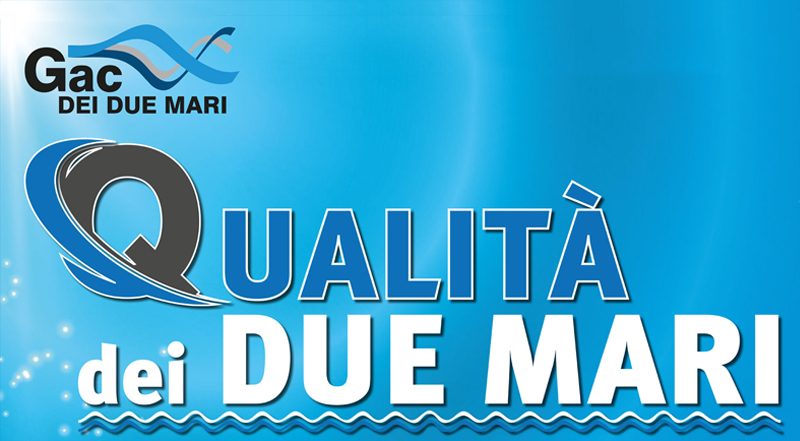Orthostatic hypertension is a medical condition defined by a substantial increase in high blood pressure upon standing. This condition can bring about numerous symptoms as well as problems, making it crucial to recognize and also handle it effectively. In this article, we will look into the reasons, symptoms, as well as treatment options for orthostatic high blood pressure.
Root Causes Of Orthostatic High Blood Pressure
Orthostatic high blood pressure can be triggered by a range of elements, including underlying clinical conditions as well as way of life options. Right here are some of the primary causes:
1. Medications: Particular medications, such as alpha-blockers and diuretics, can interfere with the body’s blood pressure guideline, bring about orthostatic hypertension.
2. Dehydration: Not enough liquid consumption or extreme fluid loss as a result of elements like too much sweating or diarrhea can create a decline in blood quantity, leading to orthostatic high blood pressure.
3. Aging: With age, the body’s natural capacity to control blood pressure may decline. This can boost the threat of creating orthostatic hypertension.
4. Free nervous system disorder: Dysfunction in the free nerves, which manages spontaneous physical functions, can interfere with high blood pressure guideline and contribute to orthostatic high blood pressure.
- Diabetes
- Parkinson’s illness
- Multiple system atrophy
5. Various other underlying clinical problems: Particular medical conditions can boost the danger of orthostatic hypertension, consisting of:
6. Lifestyle aspects: Undesirable way of living choices, such as a less active lifestyle, excessive alcohol usage, as well as smoking cigarettes, can add to the development of orthostatic high blood pressure.
Symptoms of Orthostatic Hypertension
Orthostatic hypertension frequently presents with a range of symptoms that can differ from person to person. While some individuals might experience mild signs and symptoms, others may have a lot more serious indications. Typical signs consist of:
- Dizziness or impaired thinking upon standing
- Really feeling pale or an experience of rotating
- Nausea or vomiting or vomiting
- Migraines
- Obscured vision
- Shortness of breath
- Chest discomfort or discomfort
- Raised heart price
It is necessary to note that the signs mentioned above might also indicate other hidden conditions. Therefore, it is essential to consult a health care expert for a precise medical diagnosis.
Identifying Orthostatic High Blood Pressure
To identify orthostatic hypertension, health care professionals may do various examinations, including:
- Blood pressure measurements: High blood pressure will be gauged while lying down, resting, and also standing to observe any type of significant modifications.
- Tilt table examination: This test entails checking high blood pressure and heart price while the client is slanted at various angles on a table.
- Case history as well as physical examination: Gathering details concerning symptoms, case history, and also doing a health examination aids recognize possible reasons for orthostatic high blood pressure.
- Extra tests: Relying on the thought underlying cause, extra examinations such as blood examinations, electrocardiogram (ECG), or echocardiography might be performed.
Treatment and Monitoring of Orthostatic High Blood Pressure
When a diagnosis of orthostatic high blood pressure is validated, proper treatment and administration strategies can be applied. The certain technique may vary depending upon the underlying reason and also the intensity of the problem. Below are some usual therapy choices:
- Lifestyle adjustments: Embracing a healthy and balanced way of life can dramatically boost orthostatic hypertension. Regular workout, a balanced diet regimen, remaining hydrated, staying clear of alcohol and also tobacco, as well as managing stress and anxiety can all contribute to far better blood pressure control.
- Medicines: In many cases, medications might be prescribed to take care of orthostatic high blood pressure. These can consist of drugs to regulate high blood pressure, boost cocoa slim farmacia argentina blood volume, or address autonomic nerve system disorder.
- Compression stockings: Using compression stockings can help enhance blood circulation and also protect against blood pooling in the lower extremities, minimizing orthostatic high blood pressure signs.
- Liquid administration: Making sure appropriate fluid consumption while avoiding excessive liquid usage can help manage blood volume as well as minimize orthostatic hypertension.
- Staying clear of triggers: Recognizing and also staying clear of details triggers that intensify orthostatic high blood pressure signs, such as warm settings or prolonged standing, can be useful.
When to Seek Clinical Help
If you experience relentless or serious signs of orthostatic high blood pressure, it is necessary to seek medical help without delay. A medical care professional can perform a comprehensive evaluation, identify the underlying cause, and establish a proper treatment plan customized to your demands.
Bear in mind, early discovery and also monitoring of orthostatic high blood pressure can substantially enhance your lifestyle and also decrease the risk of complications. Get in touch with a health care specialist eretron aktiv precio for personalized recommendations as well as guidance.




